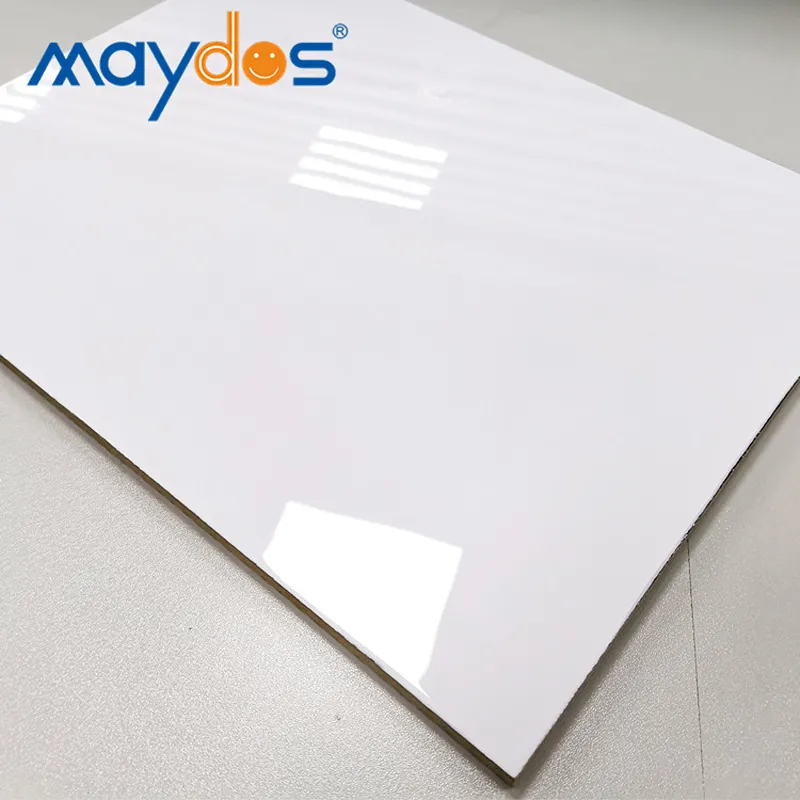Glue Adhesive Factory
Glue Adhesives are bonding products designed with specific bonding applications in mind. Almost every manufacturing industry uses glues to create and bind items together.
Glues come in many different container types including tubes, bottles and spray cans. Glues are also grouped by their exposure and use scenario. This method of categorization allows us to keep our fact sheet organized.
History of Glue
Adhesive technology stretches much farther back into humanity’s history than most people realize. For example, even though the oldest known compound glue was made from plant gum and red ochre approximately 70,000 years ago, our ancestors were figuring out how to stick things together long before that! These early innovators used everything from a sticky resin to tree sap and beeswax to glue their objects together.
In fact, the first documented evidence of glue dates all the way back to 4000 B.C. where archeological findings show pottery and other clay vessels that were repaired with a glue-like substance, thought to be from tree sap. These intrepid inventors went on to experiment with other ingredients and found that animal parts and fish air bladders provided the tacky materials they were looking for.
The early use of animal glues continued in Ancient Greece and Rome, where they were primarily used for decorative purposes, such as floor and wall mosaics. They also were used as a means to preserve images that would otherwise fade over time. Eventually, however, these glues fell out of favor as new techniques were developed that provided more precise and stronger bonds.
In modern times, the glue industry has become a multi-billion dollar business. The vast majority of adhesives that are produced and sold today are based on chemicals and are used for a myriad of applications and products, including building construction, paper products, automobiles, and more. It’s estimated that for every person in the United States, there are forty pounds of glue made and used each year!
When you walk into a hardware store, you’ll find dozens of types of glues and adhesives, with a wide range of strengths, temperatures, drying times, and colors. While many of these are manufactured in different ways and have specific characteristics, they all come from the same basic source – chemistry.
A glue is any liquid or powder that adheres two objects to each other. Generally, the adhesive is designed to withstand moisture, temperature extremes, and harsh environments and conditions. The chemical formulation is the key to ensuring the durability and strength of the bond.
Glue Ingredients
Glue is a sticky substance used to bind and hold materials together. It can be made of either natural or synthetic glues. The type of glue that is used depends on the specific material and the project at hand. All glues are composed of chemicals and bases that make them stick to the surfaces they are applied to. The exact composition of the glue varies between types, but most contain water as one of the main ingredients.
Natural glues are derived from plant or animal sources. For example, casein, a protein found in milk, is used as the base of many white glues. Historically, people have also used animal hides to make glues for specific applications. For instance, the glues made from horse hides were used for wood joining, book binding, and making heavy gummed tapes.
In the 20th century, synthetic glues started to replace natural adhesives, thanks in part to the need for high-performance adhesives in aviation and aerospace industries. The high-tech glues developed for these areas were designed to withstand extreme conditions and fatigue. They eventually trickled down to more common household and industrial uses.
Some of the most commonly used glues are wood glues, school glues, and spray glues. The ingredient that sets these glues apart is cyanoacrylate. Cyanoacrylate is a synthetic chemical that can be used to make fast-curing glues. It is highly water soluble and can form its strongest bond when exposed to moisture, such as in the air. This makes it a great choice for projects that require quick results, such as assembling a model or sticking a poster to a wall.
Other glues use natural polymers as their main ingredients. These include cellulose and plant based polymers, as well as natural resins. Polyvinyl acetate (PVA) is the primary ingredient in Elmer’s glue, which is used for a wide variety of projects. PVA is derived from petroleum, which means it is not considered to be a natural product.
For the more eco-minded, there are also natural, vegan, and biodegradable glues available. Some of these are made from plants, such as linseed oil, which is used to make mastic glue. Others are formulated to be non-toxic, such as the Gorilla Glue Company’s line of premium adhesives.
Glue Manufacturing
Glues can be natural or synthetic, and they come in many different formulations. Some are animal-based while others are made from materials such as starch, polyvinyl acetate or cyanoacrylate esters. A glue manufacturer must provide a wide variety of adhesives to meet the needs of clients. Whether a client wants a pressure-sensitive adhesive, water-based or a sealant, the right product will help ensure a successful job.
The process of creating glue involves starting with a liquid stock that is cooked to the correct temperature and time. This breaks down the ingredients to create raw glue that has specific properties for the intended use. For example, animal glue is created from the collagen found in waste material from animals such as skin, bone and hooves. The glue stock is then cooked, cooled and re-cooked until it reaches an industry standard quality. Chemicals are often used to remove impurities and adjust the viscosity.
Other types of glue are made from plant-based material or petroleum-based polymers. Some of these are known as industrial glues and are used to hold heavy machinery together or to secure plastic to metal. They are also used in manufacturing automotive parts and electrical devices. For these types of applications, high-strength and fast-bonding glues are needed. The chemically engineered adhesives are formulated to withstand harsh conditions and abrasions.
A glue is able to adhere to surfaces because of two key forces, Anglo explains: adhesion and cohesion. Adhesives stick to surfaces because they have a low surface tension and can fill in the spaces between particles. The glue molecule can then penetrate into these spaces and chemically bond with the material, creating a strong connection.
For example, Elmer’s glue is a type of milk-based casein adhesive that is marketed using the iconic spokesbovine from the Borden Condensed Milk Company. This type of glue is able to bond wood and paper together, thanks to its low viscosity. Other types of glues are formulated with specific purposes in mind, such as metal glues to bond metallic surfaces. These specialized glues require clean procedures before applying, to ensure a smooth, dry surface to which the glue will adhere.
Glue Applications
Glues are a necessary component in all manufacturing applications and they come in many different types. The choice of which one to use depends on the type of bonding required and what surface it will be used on. The adhesive product must be able to spread easily and it must have the correct viscosity (measure of resistance to flow) for the particular application. It also needs to be able to hold the bond securely and have good durability. It must resist moisture, heat and chemicals. It is the responsibility of a glue manufacturer to present all the options available and be sure to meet a client’s needs.
For example, fabric glue is a very strong and flexible adhesive that can be used to make permanent hems in clothing and fabrics. It is available in a variety of forms, including squeeze bottles and spray cans. It is used in a wide range of applications such as clothing, crafts and home furnishings. Unlike traditional glues that are usually made with chemicals, these types of glues are often more environmentally friendly.
They are also more likely to be formulated from renewable resources such as starch, which is extracted from roots, tubers and seeds. Some are even made from plant waste, such as wood shavings and sawdust.
Animal-based glues are still widely used in some industries, but have become less common as new rules and regulations are passed to protect animals. For example, the Aztecs used blood as a building glue. The blood is mixed with a cement-like base and then dried and hardened. The albumin in the blood is what gives it the adhesive strength.
Natural wood rosin is another popular raw material for glues. It is a cheap and renewable resource and it is soluble in certain solvents, such as ethyl or methyl alcohol. This is used to produce a wide variety of glues, such as white glue and brown glue.
Solvent-based glues are also very common. They are used for a wide range of tasks from simple crafts to construction projects. Glues can also be used to create a bond between two different materials such as metal to plastic. These glues are very important in the automotive industry, for example, to attach parts together. It is vital to follow proper cleaning procedures before gluing, in order to get the best results.





















